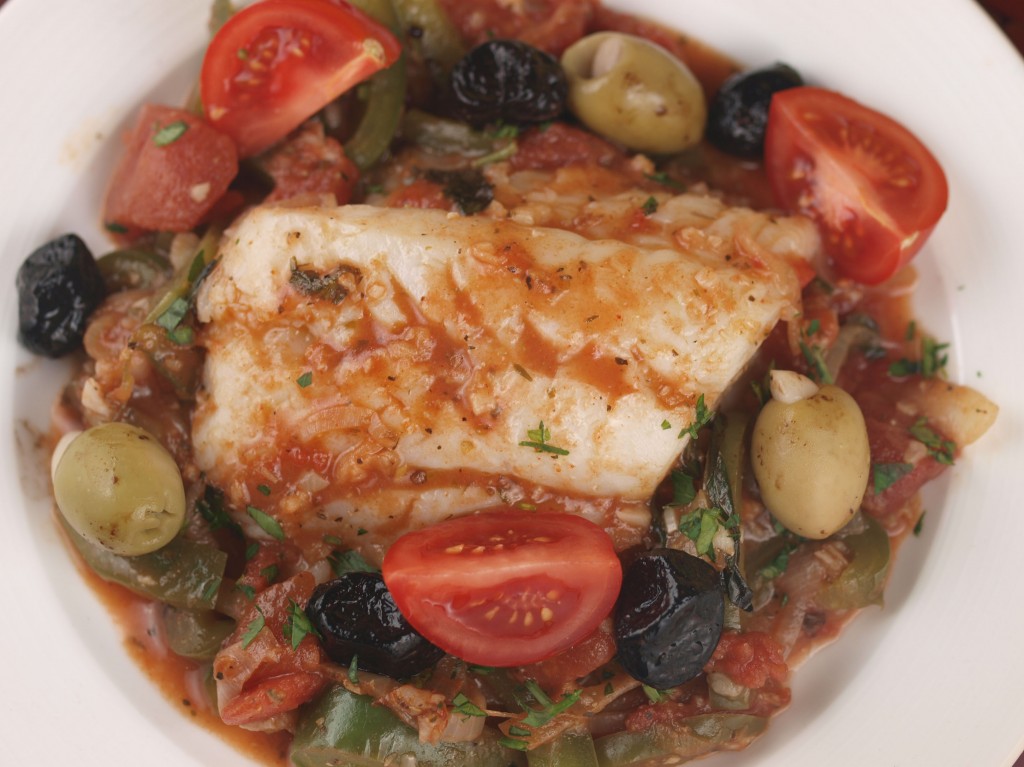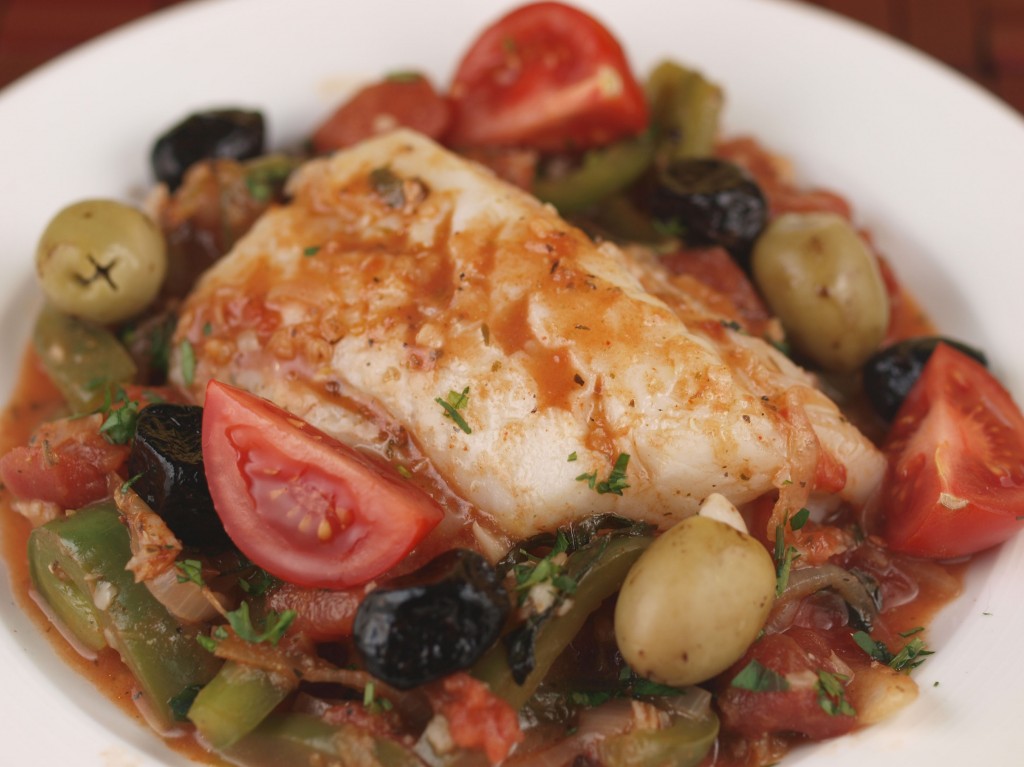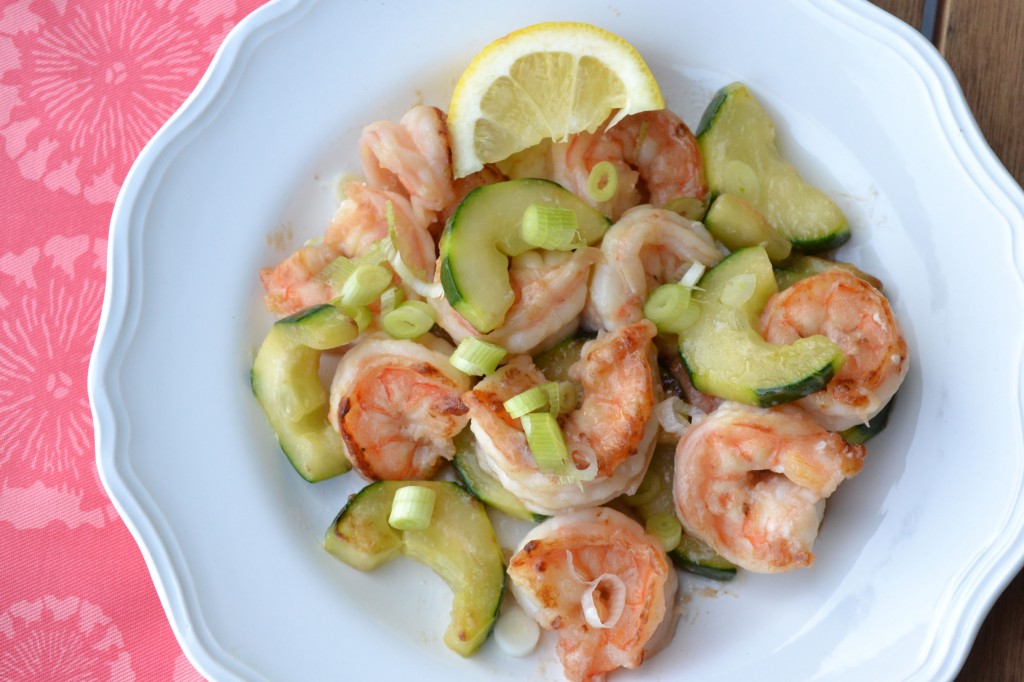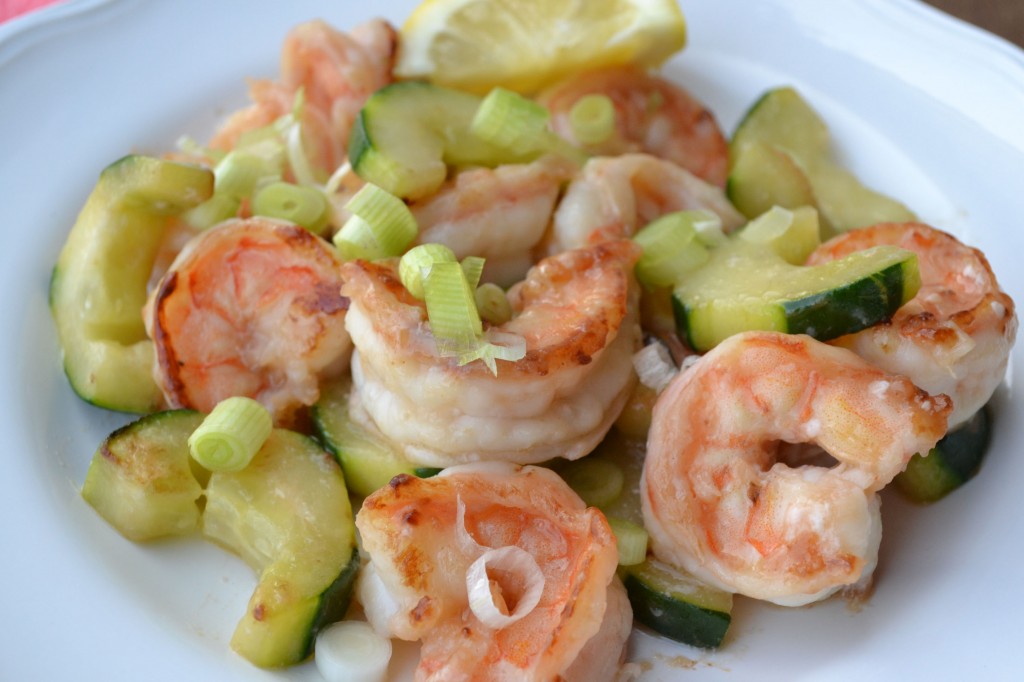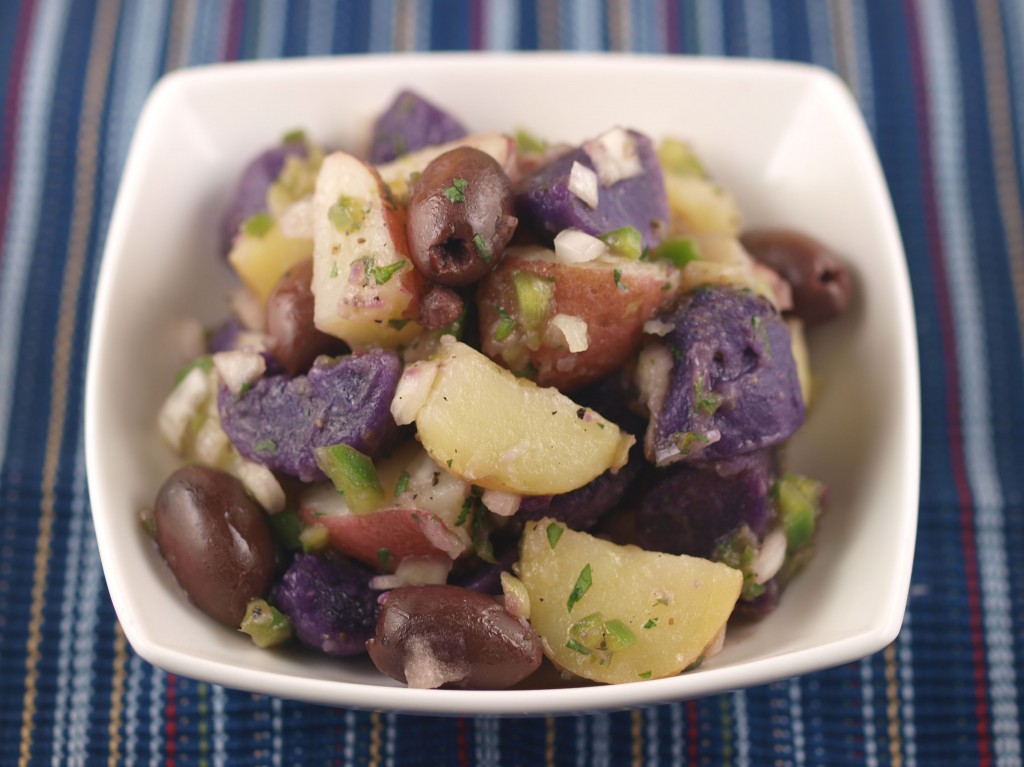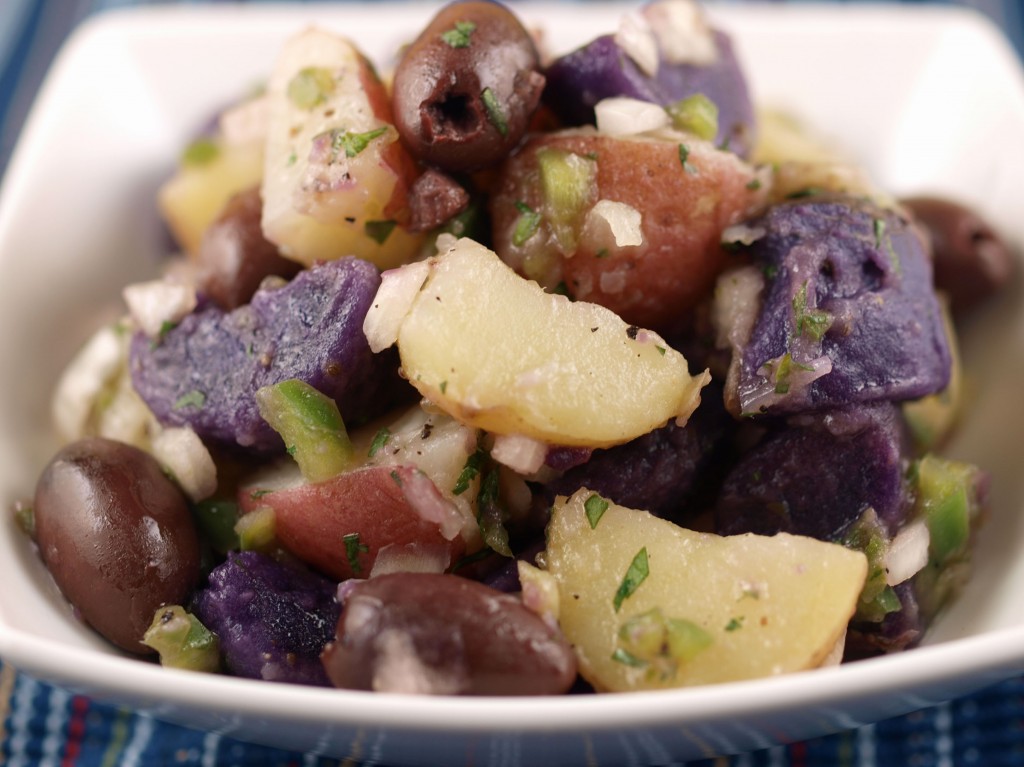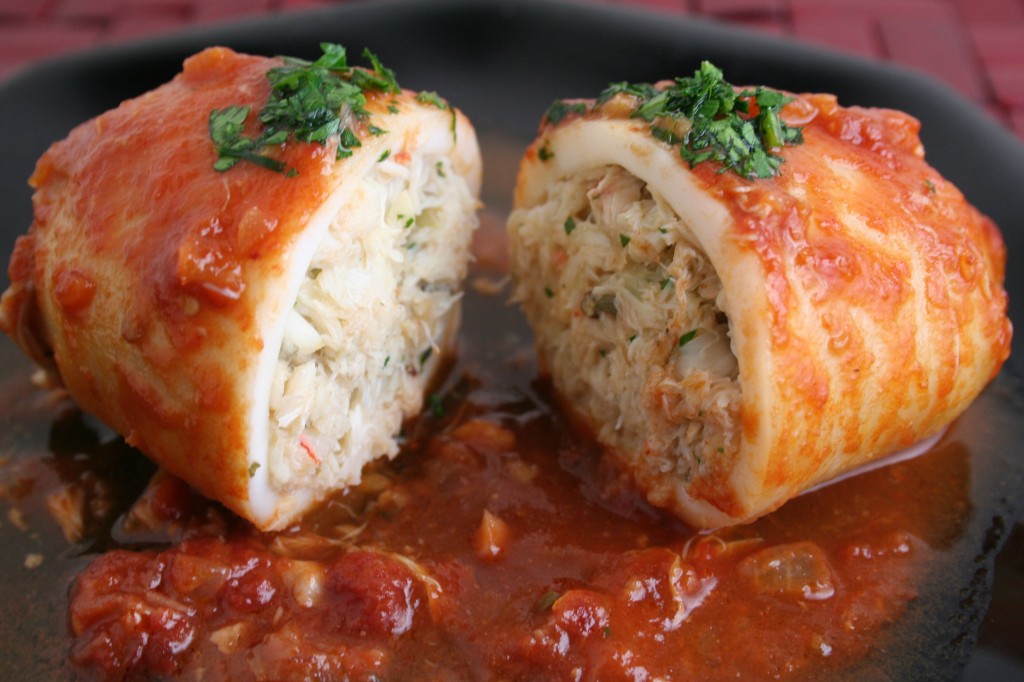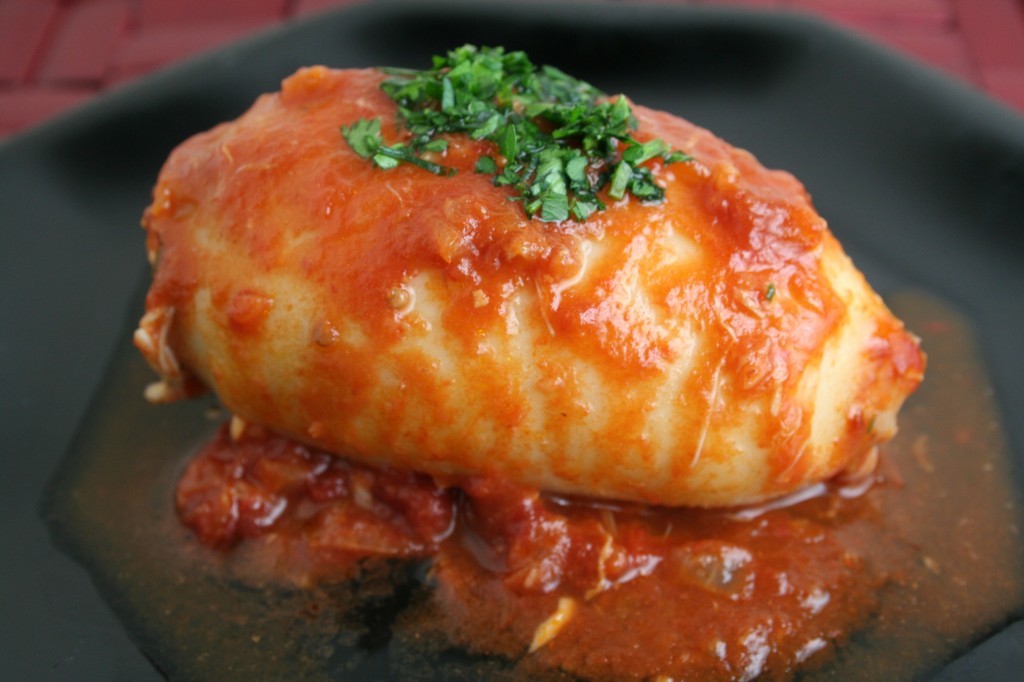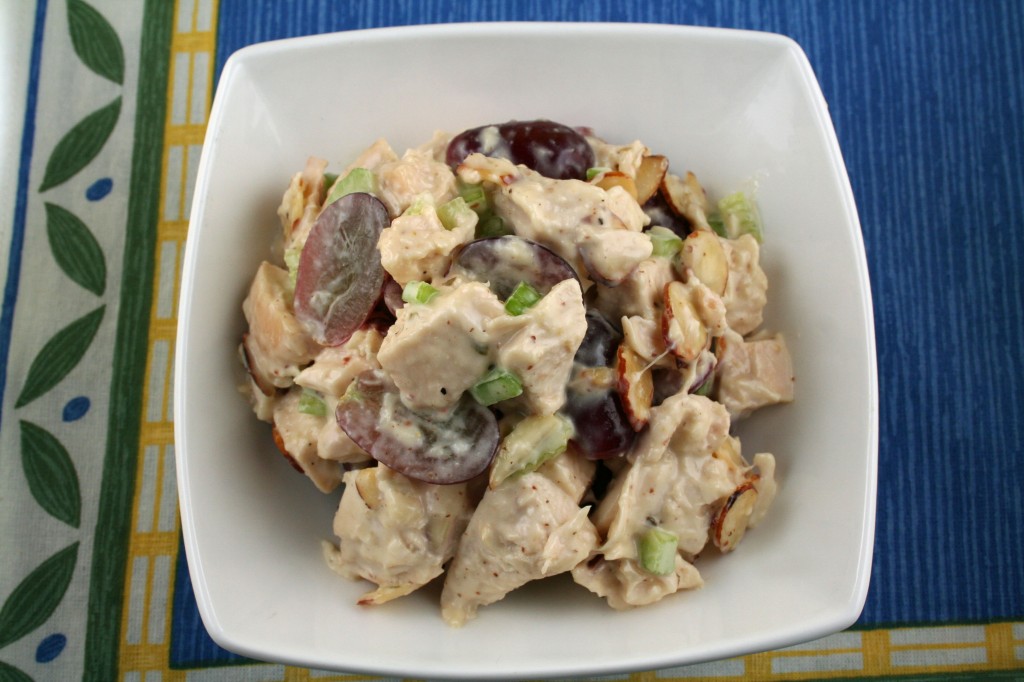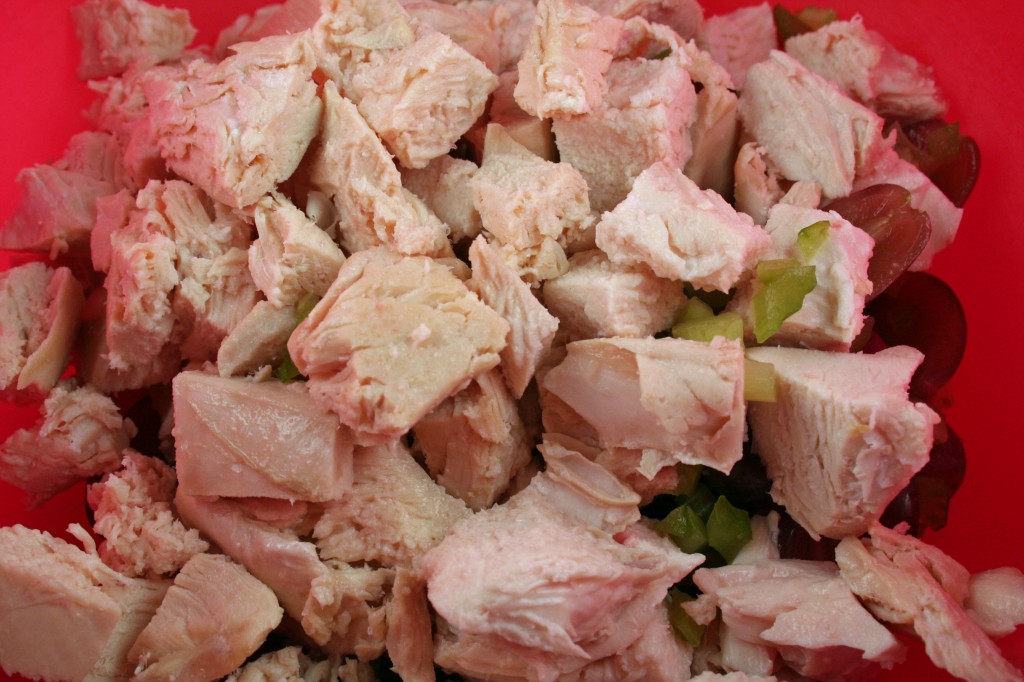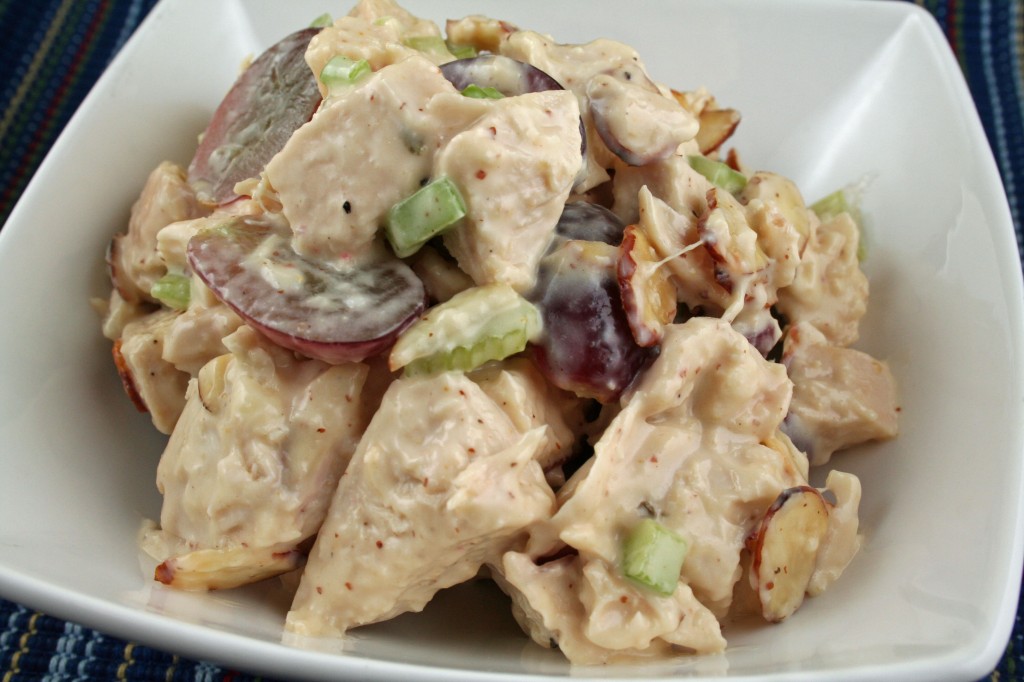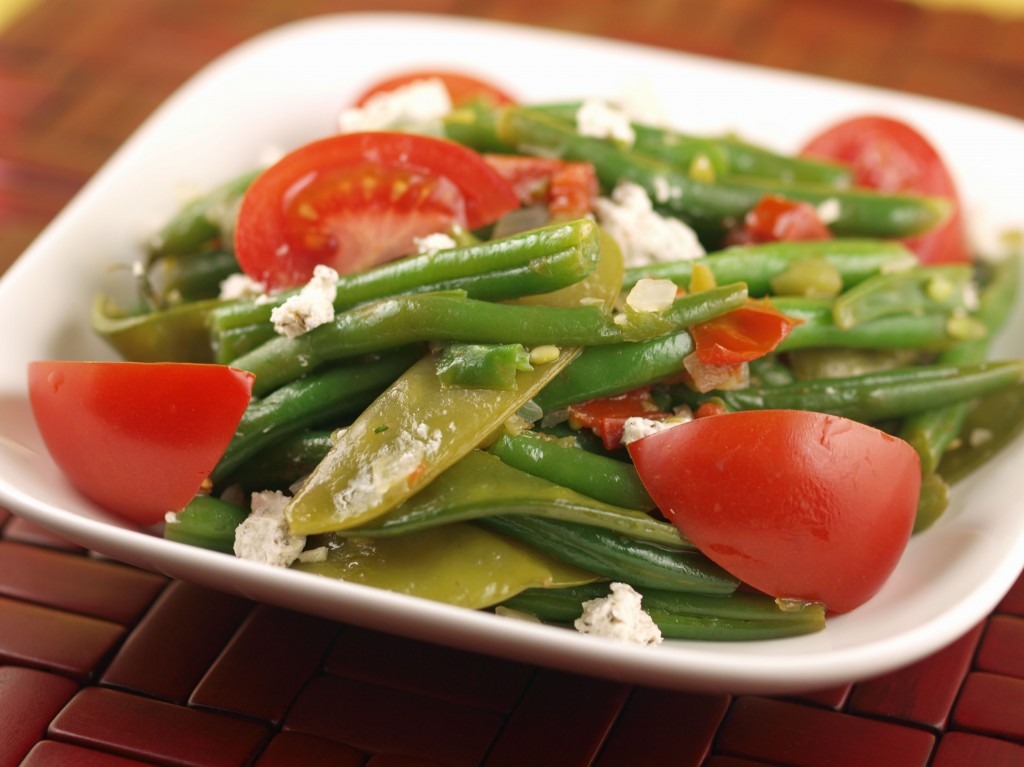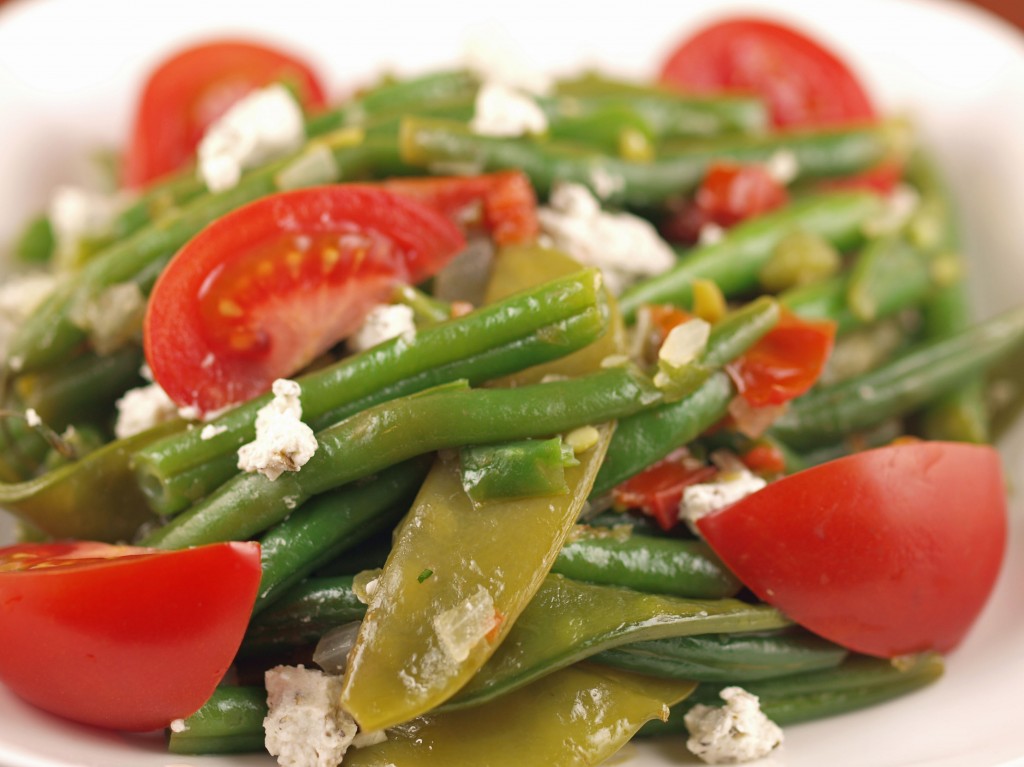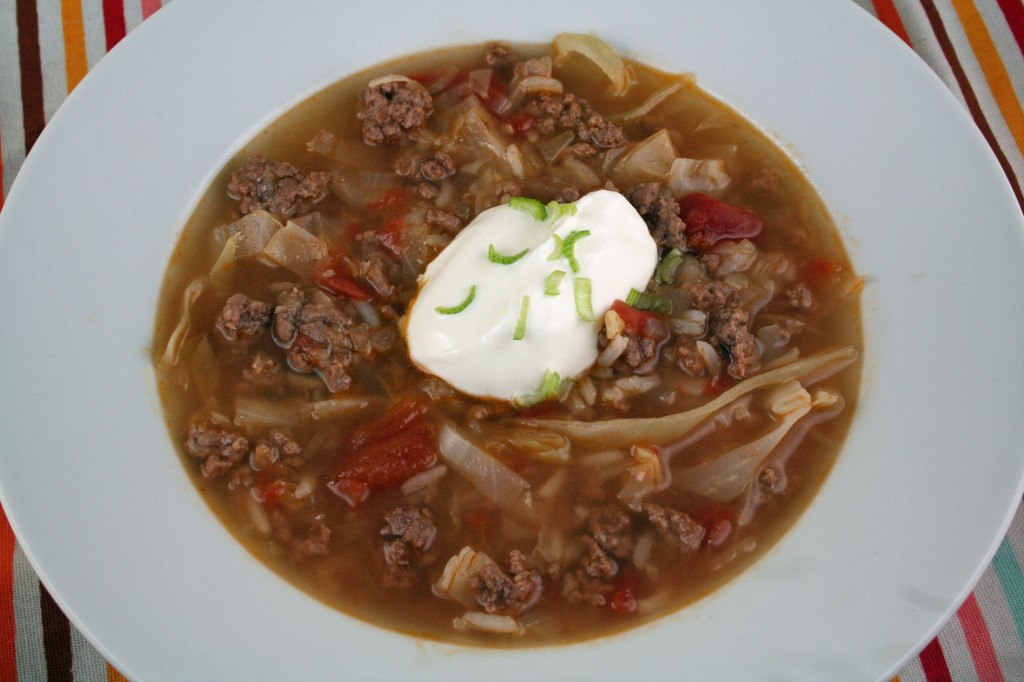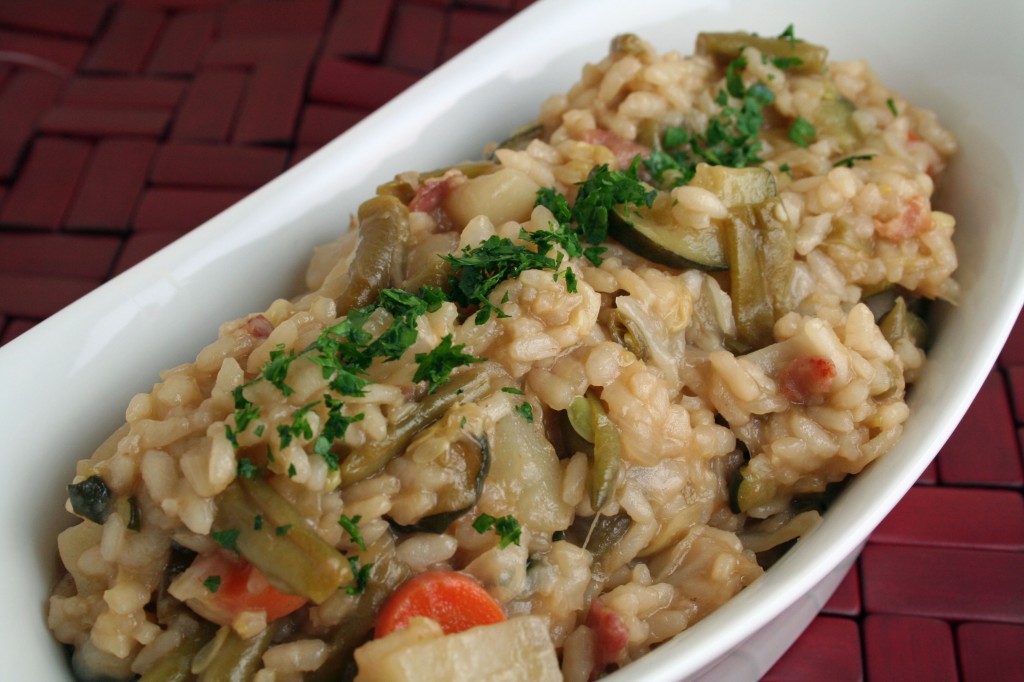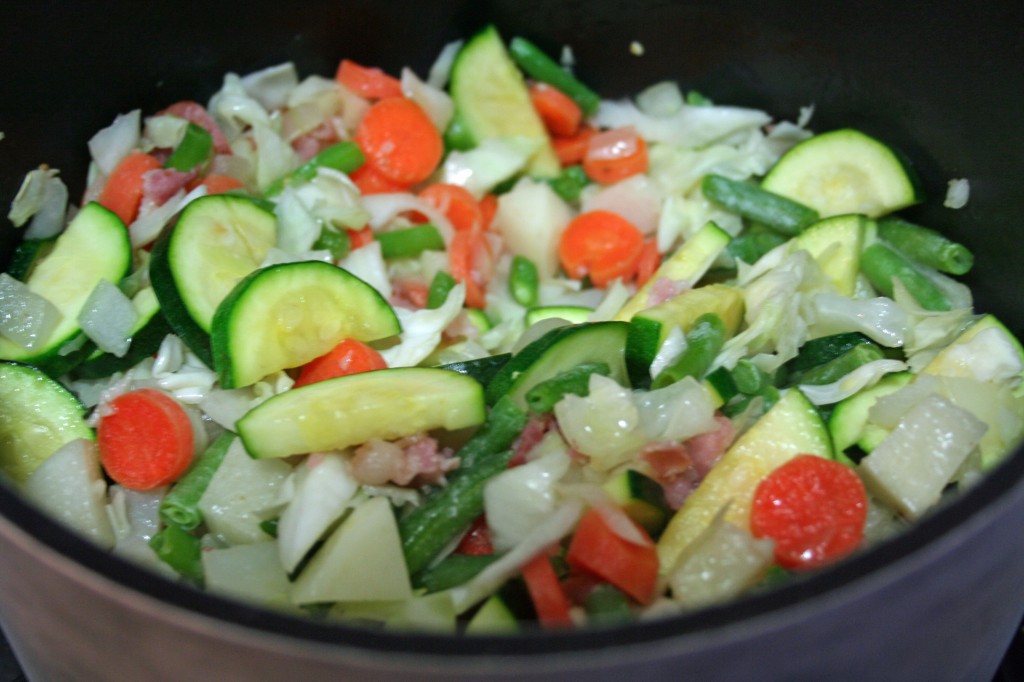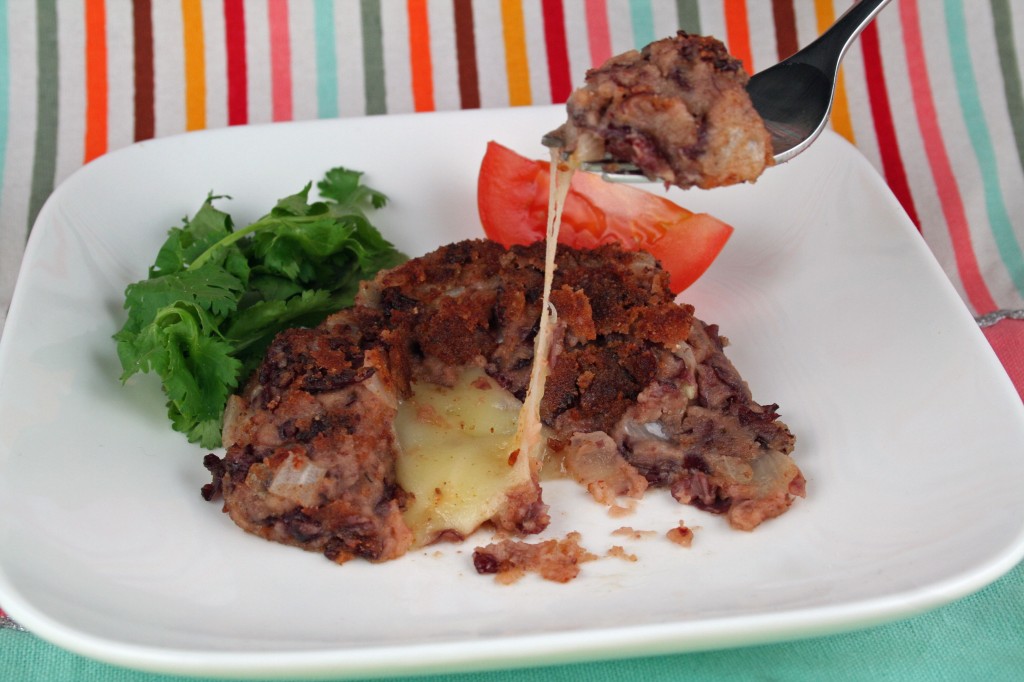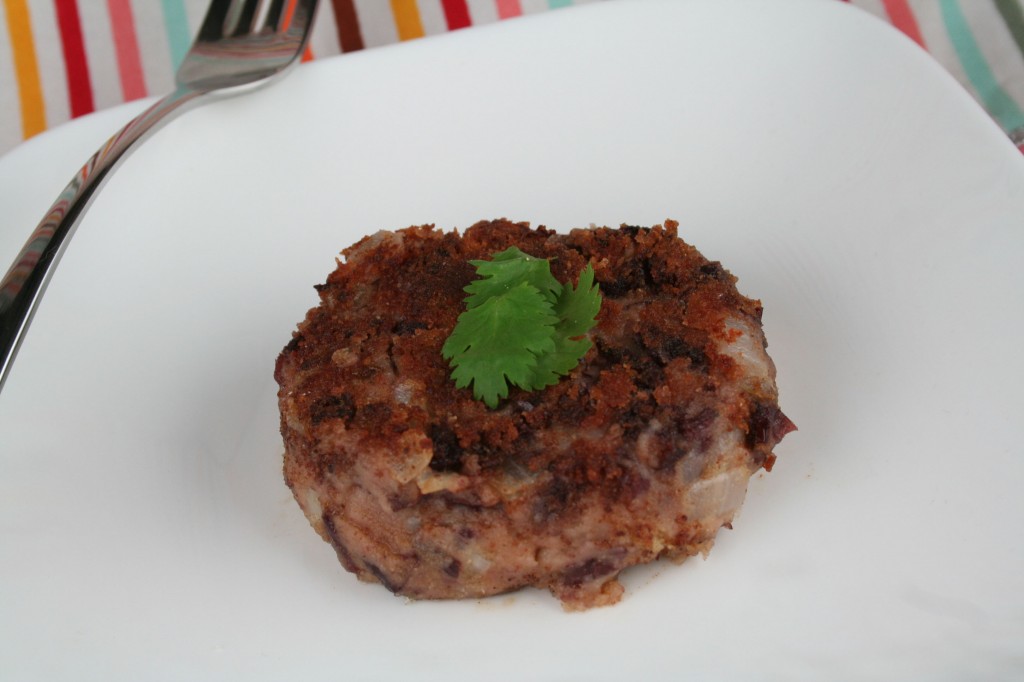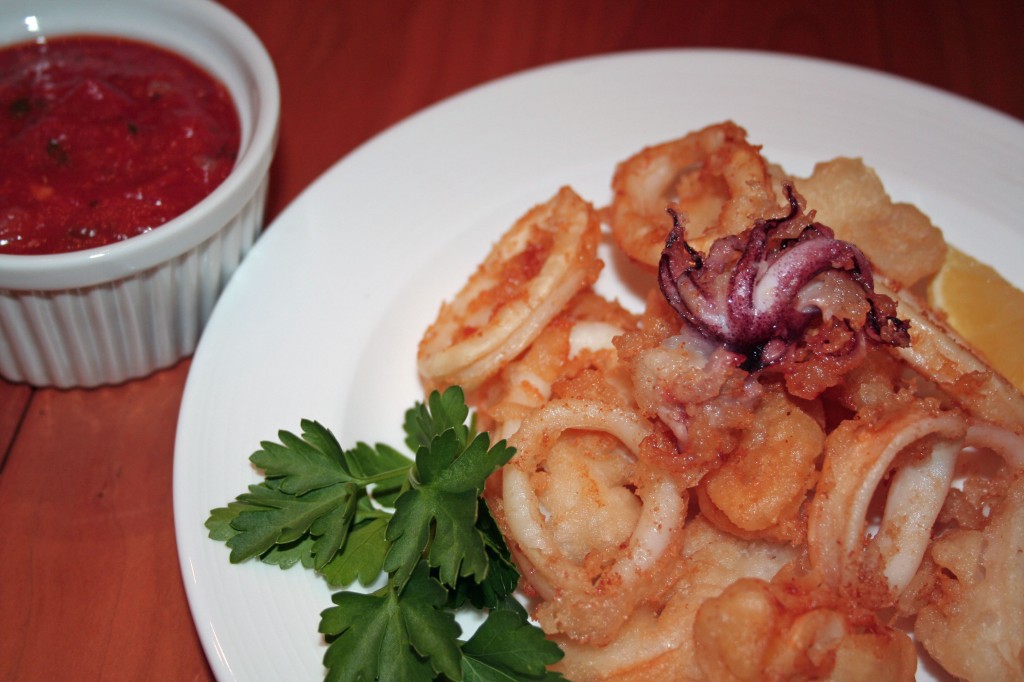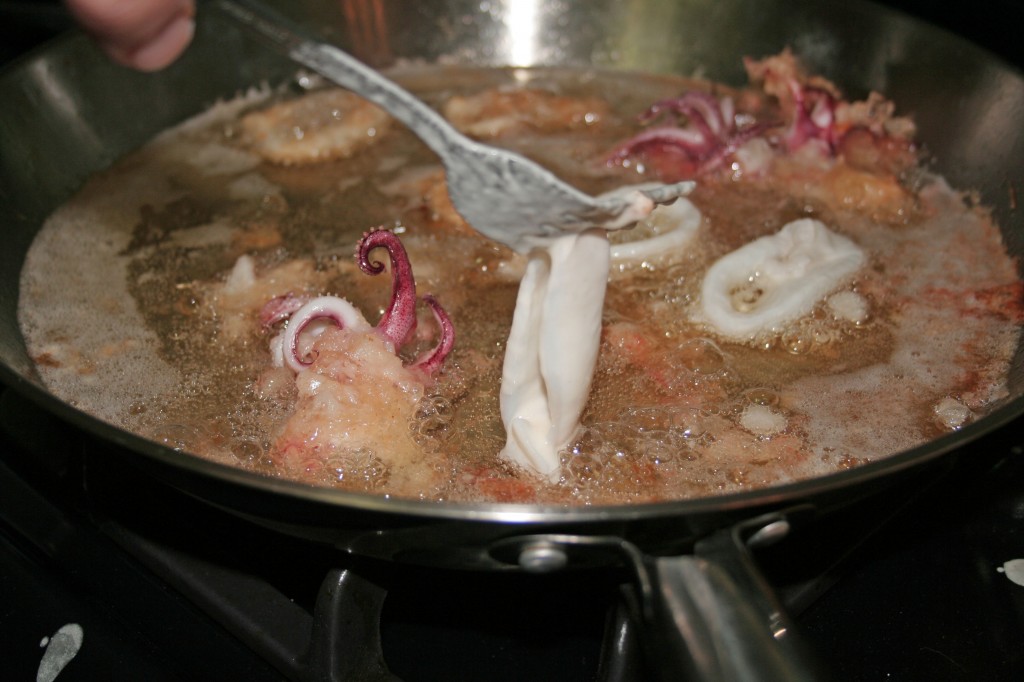This is one of many, quick fish dishes from “The Art of Good Cooking.” Fish is one of the most interchangeable proteins. For example, although cod or snapper are the recommended fish for this dish and they are commonly sold, you could use mackerel, bass, or even tilapia (very cheap but bland and a waste of time in my opinion). Traditionally made with Snapper, this dish originated in Mexico in the Veracruz state and is probably the most famous dish from the area. The combination of well known Mexican spices like cumin and chili powder with garlic, olives, and olive oil – ingredients that were supposedly brought to Mexico by the Spaniards – give this dish it’s unique spicy international taste and flavor.
Ingredients:
3 lbs filleted red snapper or thick cod steak
1/4 cup olive oil
3 large green peppers, seeded and sliced
3 large onions, sliced
12 garlic cloves, minced
1 teaspoon chili powder
1 teaspoon dried basil (or 1/4 cup fresh, chopped/chiffonade)
1 teaspoon dried oregano
1 large bay leaf
1 teaspoon cumin
1 cup canned tomatoes, drained
1/2 cup chicken or fish stock
cayenne pepper or hot sauce to taste
24 mixed olives
1 tablespoon chopped cilantro
Dry fish fillets with paper towels. Saute fish in a little olive oil very briefly, on both sides, until it is lightly browned. Arrange fish in a broad baking dish.
In the same pan, saute the green peppers, onions and garlic in remaining olive oil. When vegetables are just soft, stir in chili powder, basil, oregano, bay leaf, and cumin.
Place tomatoes in a small saucepan, and cook over low heat until they lose their shape and form a sauce. Add fish liquid to tomato sauce, then combine sauce with vegetable mixture. Season to taste with salt, pepper, sugar, and cayenne or hot sauce. Spoon this mixture over and around fish.. Place in a 400 degree oven for about 15-20 minutes or just until cooked through.
Sprinkle olives, fresh tomato slices, and cilantro over dish. Serve at once.
Serves 6.
Adapted from “The Art of Good Cooking” by Paula Peck.
